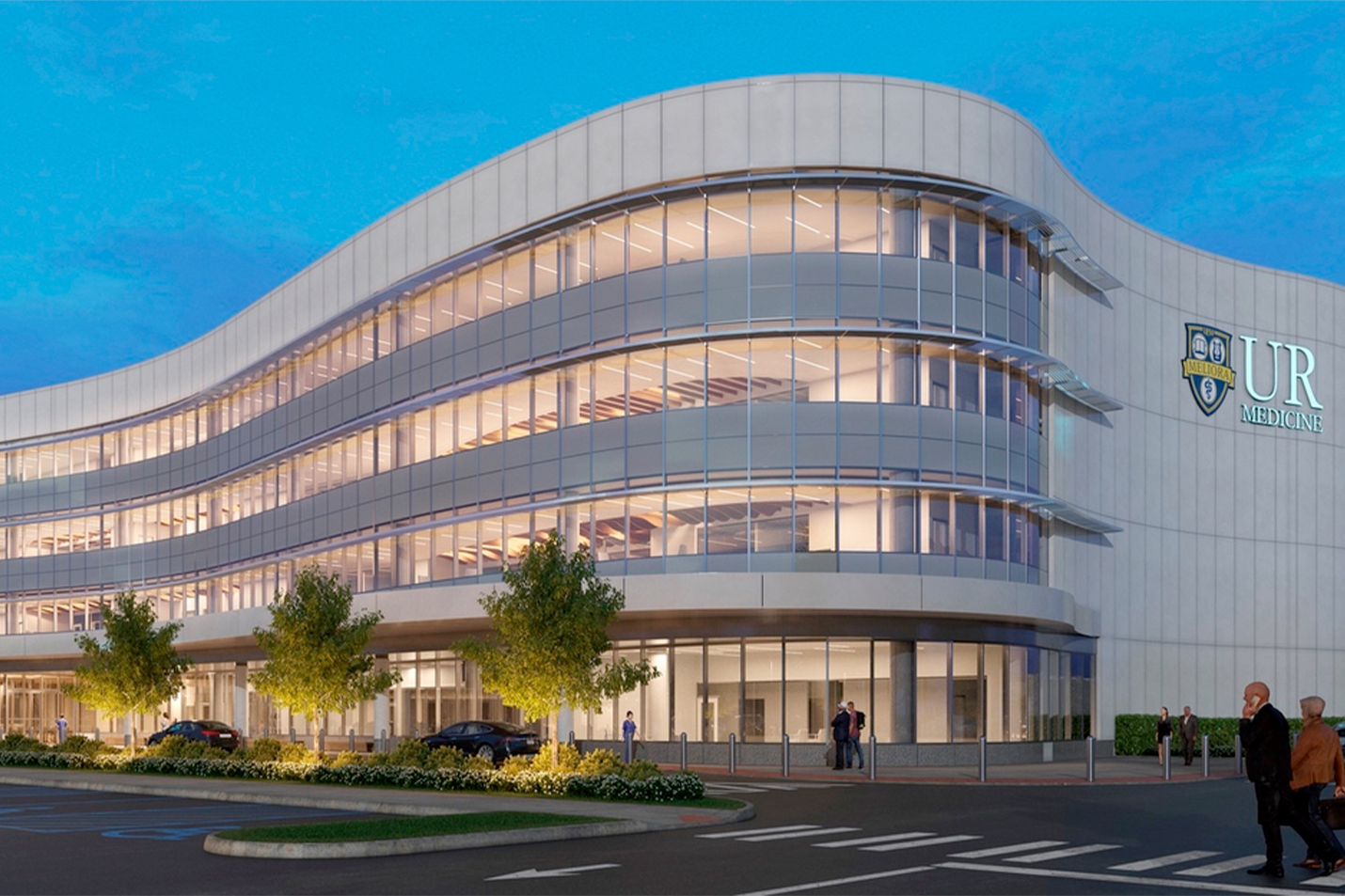Cerebral Palsy
Make Appointments & Get Care
What Is Cerebral Palsy?
Cerebral Palsy (CP) is a neurological disorder that affects how the brain and muscles communicate. CP impacts:
- Body movement
- Muscle control
- Coordination
- Reflexes
- Posture
- Balance
Cerebral palsy is a lifelong condition that does not improve or worsen over time.
Symptoms will vary based on the type of Cerebral Palsy an individual has. The types and symptoms include:
- Spastic diplegia or paraplegia — Spasticity (shaking) of the legs or arms
- Spastic quadriplegia or tetraplegia — Spasticity of all arms and legs
- Spastic hemiplegia — Spasticity that affects one side of the body, such as the right arm and right leg
- Spastic double hemiplegia — Spasticity on both sides of the body
- Athetoid CP or dyskinetic CP — Involuntary twisting and rigid movement
- Ataxic CP — Affects balance and fine motor coordination
Cerebral Palsy occurs when there's abnormal development of or damage to areas of the brain that control motor function. This can happen before or during birth (congenital CP). Most CP cases are congenital. Less commonly, CP can happen after birth. This is called acquired CP and usually happens from an infection or head injury.
In many cases, the exact cause of CP isn't known. It may be the result of a problem, such as:
- Lack of oxygen to the brain
- Genetic condition
- Infection
- Bleeding in the brain
- Severe jaundice
- Head injury
A diagnosis of CP isn't usually made until a child is at least age 6 to 12 months. Babies with CP are often slow to reach developmental motor milestones. These may include learning to roll over, sit, crawl, or walk. They may also keep certain reflexes that normally disappear in early infancy.
In addition to a physical exam and a health history and symptom review, your healthcare provider may order the following tests:
- Nervous system exam
- MRI
- Feeding studies
- Electroencephalogram (EEG)
- Gait lab analysis
- CT scan
- Genetic studies
- Metabolic tests
UR Medicine's Treatments for Cerebral Palsy
Treatment will depend on symptoms, severity of the condition, age, and general health. CP is a lifelong condition that has no cure, and your UR Medicine provider will work with you to prevent or lessen the problems caused by CP.
Management may include:
- Rehabilitation
- Positioning aids to help a child sit, lie down, or stand
- Braces and splints to prevent deformity and to give support or protection
- Medications to help decrease spasticity in the muscles
- Surgery to treat orthopedic problems, such as curvature in the back, hip dislocation, ankle and foot deformities, and contracted muscles
- Surgery to treat spasticity
Learn about the Kirch Motor Development Program.
Kirch Motor Development ProgramWhat Sets Us Apart?
UR Medicine is a world-class medical center and leading academic institution. Our providers offer outstanding patient-centered care and conduct breakthrough research in neurology.
The Spasticity Management Program is one part of our Kirch Motor Development Program at Golisano Children's Hospital. We provide assessments and treat tight muscles that can make motor skills and daily living more difficult. During this monthly clinic, our providers work with families to create individual treatment plans. UR Medicine Neurology also offers advanced treatment for adults with neurological disorders to help make daily living easier.
Locations
View All LocationsWe serve you in the Rochester metropolitan area and surrounding region.
View All Locations3 locations
Clinton Woods
2365 South Clinton Avenue, Suite 200
Rochester, NY 14618
Marketplace
10 Miracle Mile Drive
Rochester, NY 14623
200 East River Road, 3rd Floor
Rochester, NY 14623
